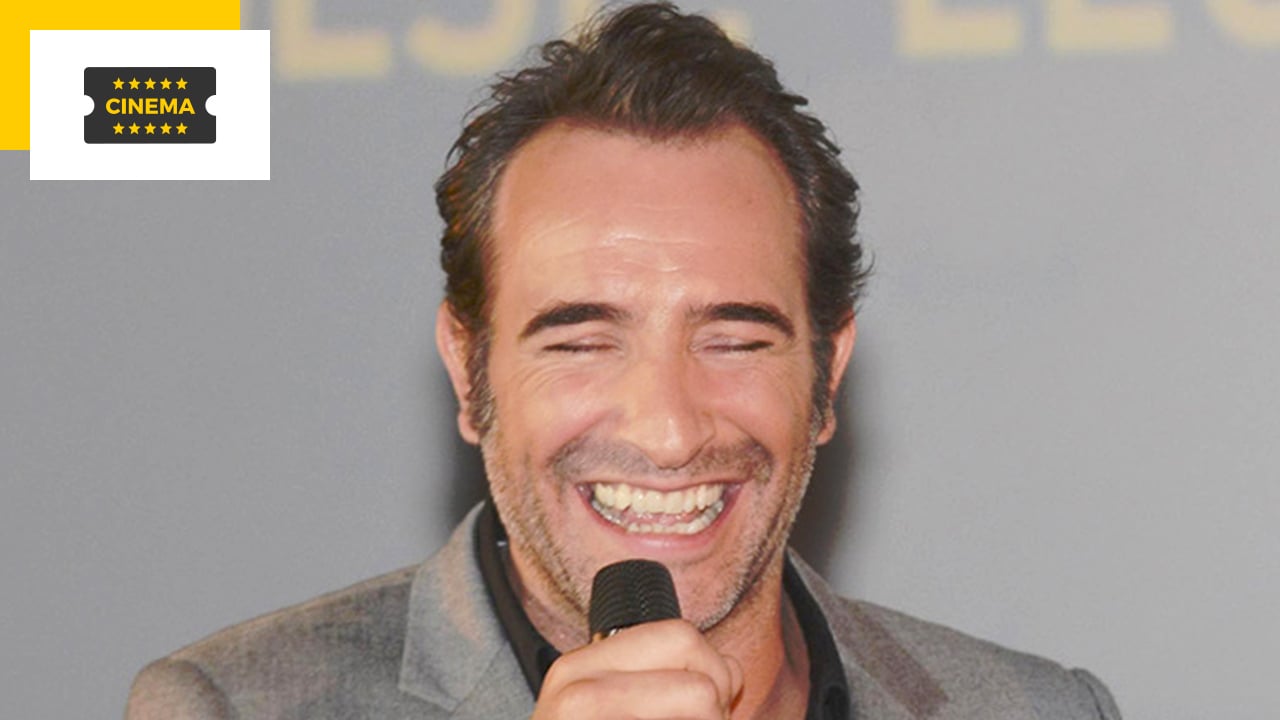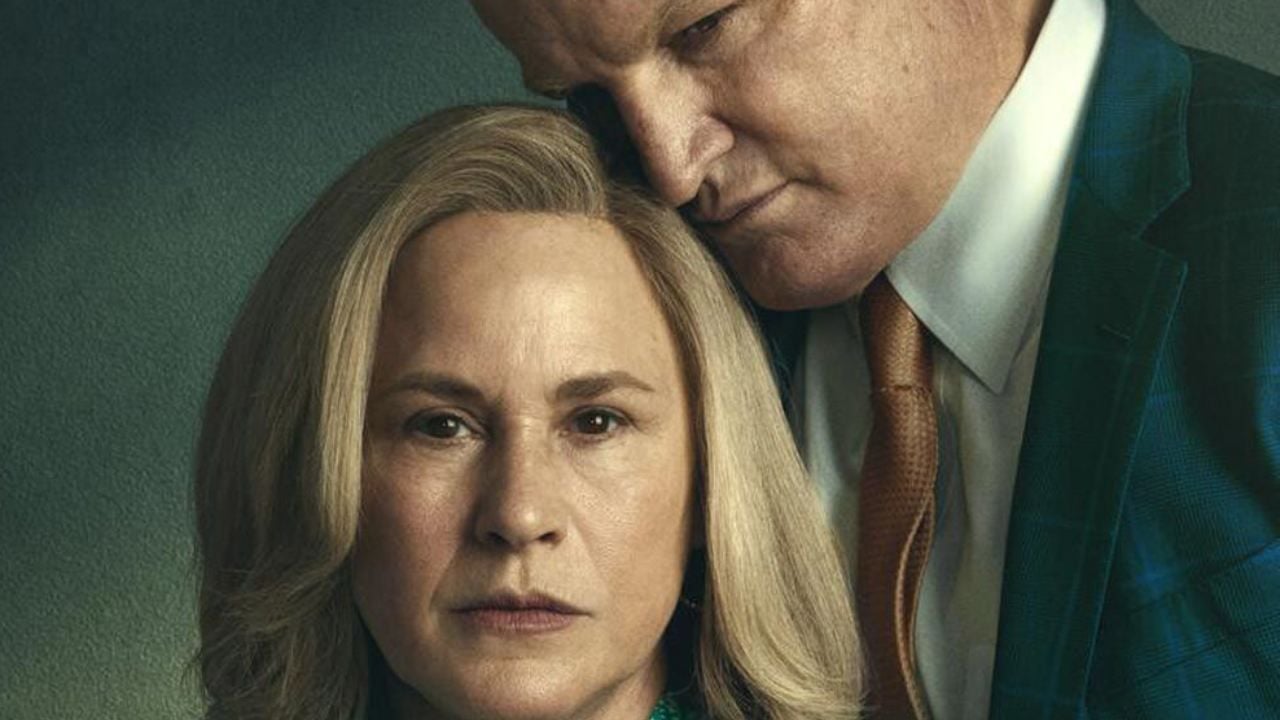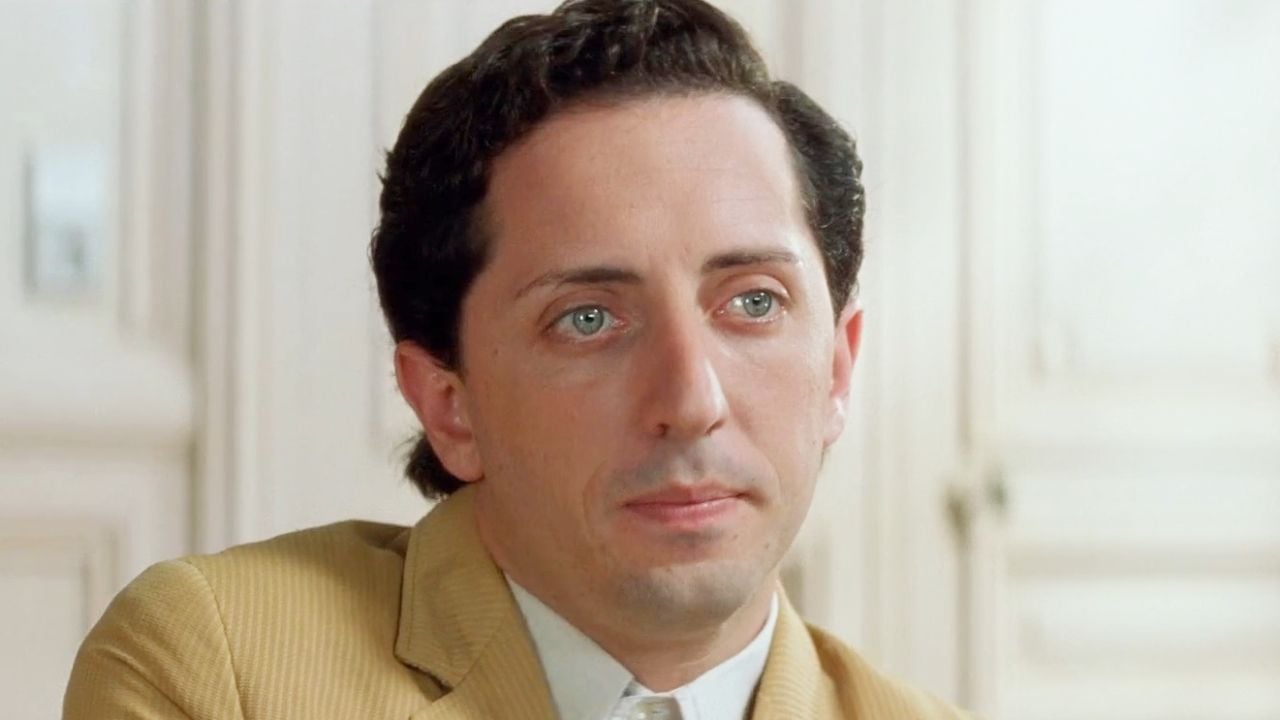What is it about? Paris 1887. At that time, only dueling was used to protect one’s dignity. Clément Lacazé, a charismatic fencing master, finds himself in a spiral of devastating violence. He meets Marie-Rose Astier, a feminist ahead of her time, and decides to teach her the difficult art of dueling. They will face provocations and join forces to defend their honor.
With the advice of Jean Dujardin
Vincent Perez always wanted to make a film around the theme of duels, without knowing how or when. But above all, he wanted to be ready as a filmmaker. He explains: “I have had more than thirty fights in my acting career, with Epe, Saber and Folga, especially curly, Queen Margot and Fanfan tulips. I worked with Chinese, Russian and American stuntmen. Among them very great weapons masters William Hobbswho has signed some of the most beautiful duels in cinema including Duelists from Ridley Scottuntil known Game of Thrones.”
“On the set I blamein the discussion Jean Dujardin He told me that I should make a film on the theme of war. He then reopened the Pandora’s box that I closed. I realized that the desire to make a film on this topic remained intact. But this time I felt ready. I immediately started researching.”
Is a case of honor with Roshdi Zem a good movie? Here’s what viewers think
valuable documents
Vincent Perez then discovered it on the Internet Duel directory, 1880 -1889A document listing the greatest duels of these nine years (at the time they experienced real Boom). Another work was very important for the film: The art of duelingWritten in 1886: “It was the bible of every duelist in France. Written by Adolphe Eugène Tavernier, who owned an armory and who was also a collector, author and journalist and fencer.”
“The book is a mine of information about dueling, its techniques, weapons, rules, nobility and its protocol. At that time, the art of dueling replaced another absolute reference written in 1836, the work of Count de Chateauvilliers. , which contains fascinating pages about the evolution of various fighting techniques. I had the perfect material to build a story on…”The film director confides.
Guillaume Gallien and Roshdi Zemi
Why 1887?
1887 was a pivotal year, with the first rise and fall of electric lighting, the introduction of the gramophone, the motorization of cars, the construction of the first floor of the Eiffel Tower, and the beginning of feminism. It heralds the arrival of the 20th century and its modernism. Vincent Perez says: “But this is an era marked by the traditions of the 19th century, especially the traditions of public codes. The practice of dueling was further strengthened from 1881, with the publication of the Freedom of the Press Act.”
“Overnight empowered to publish whatever they wanted without risk of censorship, writers on all sides, both journalists and writers, multiplied provocations that led to an unprecedented increase in demands for compensation.” The result was that major national newspapers such as Le Figaro. , Le Gil Blas or Le Petit Journal and many others, equipped themselves with fencing rooms to train their journalists in dueling techniques and they gave a bonus to collaborators involved in fights.
To see at the cinema: Is the novel of honor Roshdi Zem inspired by a true story?
Sword!
Vincent Perez once again collaborates with fencing master Michel Carlier, whom he met at Cyrano. “He trains me in all the films where swords are involved. I met Michel when he was assisting William Hobbes. Will was a great reference to the Anglo-Saxons, a great man who loved to improvise in combat. Michel’s technique is focused on training and work. He instills control and precision in speed. He is the only legitimate heir to fencing that I know in cinema.”
“He is part of this noble school of arms and continues the long path of his ancestors and his father Claude Carlisle. He knows the history of the use of arms like few others. Michel is a precious person because he has a memory. Of the history of this discipline that is disappearing”he recalls.
Roshdi Zemi returns to fencing
Roshdi Zemi was already practicing fencing in 2001 for Blanche’s needs. In this Bernie Bonvoisin film, the actor played a spy in Mazarin’s Pay. He recalls: “Because there were so many of his fight scenes, I had to practice a lot and I loved it. My only regret is that most of these scenes were cut during editing. Like them in ‘A Deed of Honor’, they were the heart of the story. They probably wouldn’t have had the same fate.”
“I returned to fencing with great joy. I like films that make you try new physical activities or that you haven’t done in a long time. It deflates the ego because you are forced to approach them with humility. In particular, fencing, because it is a discipline of great intensity and that requires a special physical condition. “
Source: Allocine
Rose James is a Gossipify movie and series reviewer known for her in-depth analysis and unique perspective on the latest releases. With a background in film studies, she provides engaging and informative reviews, and keeps readers up to date with industry trends and emerging talents.






